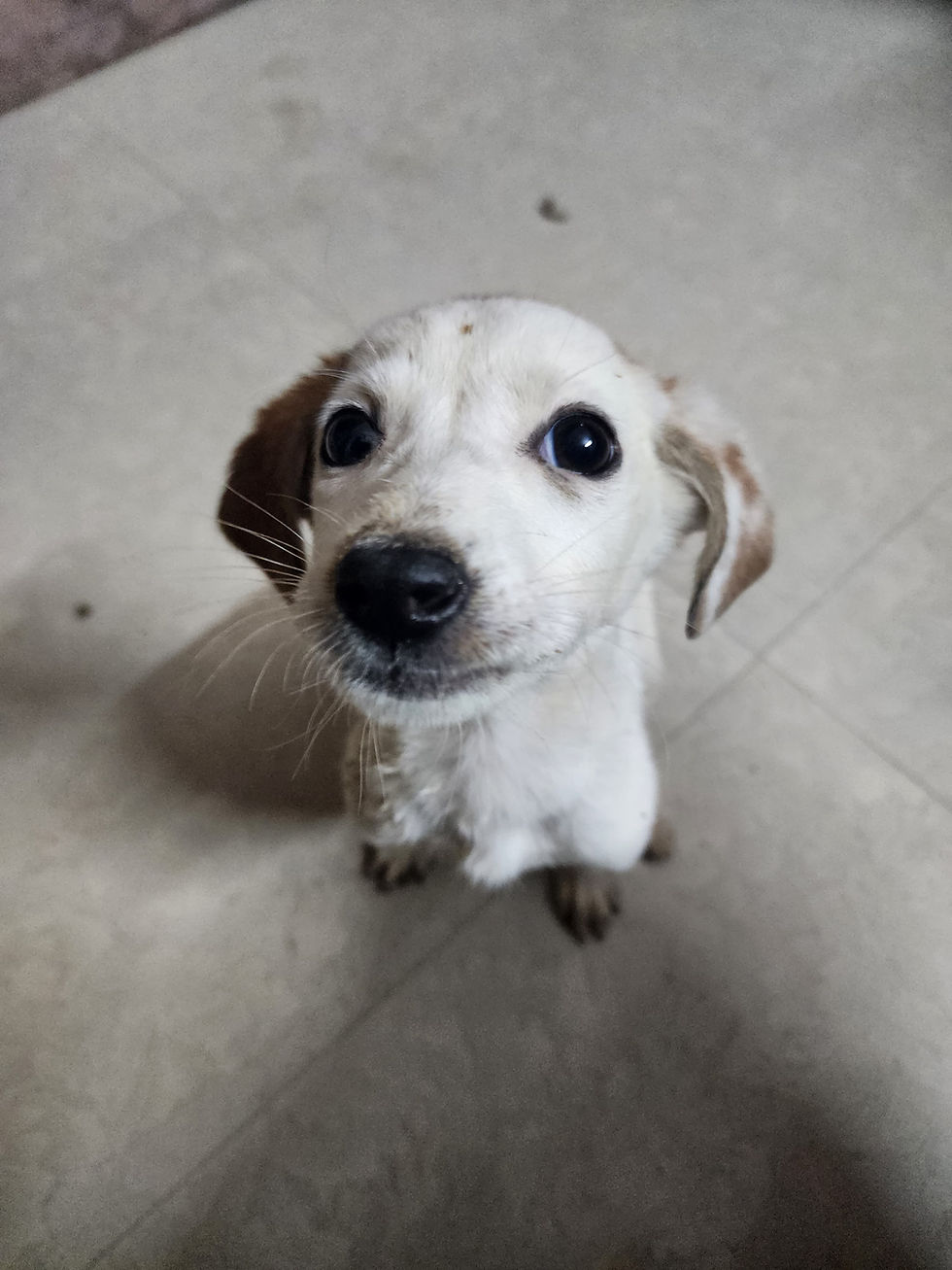Threads of Change: Silk’s Evolution from Cruelty to Compassion
- Admin
- Aug 21
- 3 min read
Silk has long been associated with luxury, elegance, and timeless beauty. Its smooth texture and natural sheen make it a coveted fabric for clothing, bedding, and accessories. But behind this beauty lies a reality that’s often hidden from consumers: the sheer cruelty silkworms are subjected to.
How Traditional Silk is Made
Traditional silk production, also called mulberry silk, comes from the cocoon of the Bombyx mori silkworm. Here’s the process in brief: Silkworms spin cocoons made of one continuous thread, which can be up to 900 meters long. To extract that perfect, unbroken thread, producers boil or steam the cocoons with the silkworms still inside, and sadly they die a horrific death. The cocoon is then unwound and spun into silk.
This method is considered “efficient” because killing the silkworm keeps the thread intact. But it’s also the reason traditional silk production is widely criticized for animal cruelty, with billions of silkworms killed annually.
The Ahimsa Silk Myth
Ahimsa silk, also marketed as “peace silk,” claims to be cruelty-free because the silkworms are allowed to emerge naturally before the cocoons are harvested. Sounds humane, right?
Unfortunately, reality is more complicated. When silkworms hatch, they cut through the cocoon, breaking the silk thread into shorter segments and making the fiber less commercially desirable. Because of this, the process is less profitable and more resource-intensive — and in some cases, not all silkworms actually survive to the hatching stage.
Reports from animal welfare organizations show that in many so-called “peace silk” operations, worms are still killed or subjected to harsh conditions. Even if they’re allowed to emerge, the silk moths used in production are domesticated insects bred for human use, unable to survive in the wild, making the practice inherently exploitative.
Truly Cruelty-Free Silk Alternatives
If you love the look and feel of silk but want to avoid animal exploitation, there are plenty of plant-based and lab-made fabrics that mimic silk’s luxurious qualities without harming silkworms.
Lyocell, known by the brand name TENCEL™, is made from sustainably sourced wood pulp — often eucalyptus or beech — and offers a soft, breathable fabric with a smooth drape similar to silk. Cupro, a regenerated cellulose fiber made from cotton linter (a byproduct of cotton production), is sometimes referred to as “vegan silk” thanks to its satiny texture and biodegradability. Orange fiber is produced from citrus waste, while Piñatex transforms pineapple leaf fibers into a durable yet silky material, both providing a sustainable edge by repurposing agricultural byproducts.
Banana leaf silk, another emerging alternative, uses fibers from banana plants — traditionally a waste product in banana farming — to create a lightweight, lustrous fabric that rivals traditional silk’s beauty without any animal involvement. Eco-friendly art silk, short for “artificial silk,” is often made from rayon or other regenerated fibers that imitate silk’s shine and drape. When produced through closed-loop processes that safely recycle water and chemicals, it can be a far greener alternative to conventional rayon, offering both cruelty-free elegance and reduced environmental impact. And for those open to synthetics, recycled polyester satin can be made from plastic waste such as bottles, leading to a silk-like finish while diverting plastic from landfills, though it is not biodegradable.
Why Switching Matters
While silkworms are small and voiceless, they are still sentient beings capable of sensing pain and discomfort. Choosing genuinely cruelty-free alternatives supports innovation, reduces animal suffering, and often helps the planet by utilizing waste streams or sustainable raw materials.
If you seek the beauty of silk without the hidden harm, skip both traditional silk and “ahimsa” silk. Instead, explore the growing world of plant-based and lab-made fibers that offer elegance without exploitation. After all, luxury should never come at the cost of another creature’s life.

References:





Comments